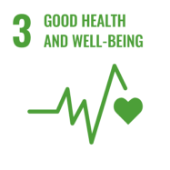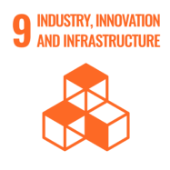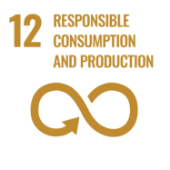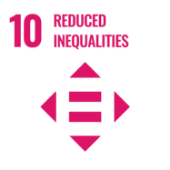 Sustainability
Sustainability
Human Life CORD aims to develop products that re-utilize the umbilical cord as soon as possible and nurture cellular medicine into an industry with sustainability.

Sustainable Development Goals (SDGs) are 17 goals and 169 targets agreed by countries to solve global issues and create a sustainable world.
Our initiatives would lead to the resolution of SDGs issues and contribute to the creation of sustainable societies with six goals as core targets.

Inset target diagram for SDGs17

SDG3 Good Health and Well-being
For as many patients as possible, who have intractable diseases to geriatric diseases that conventional therapies cannot save, we are working on R&D to commercialize mesenchymal stromal cells for umbilical cords that can be procured and stockpiled within Japan, as soon as possible and ahead of the rest of the world.

SDG9 Industry, Innovation and Infrastructure
In these recent times with a breakdown of the world by emerging infectious diseases and conflicts that have resulted in the breakdown of the supply chain, we aim to create an ecosystem that utilizes umbilical cords, which had been considered as waste, as a source for cellular medicine. This will allow us to escape from our dependence on imports and provide a stable supply that is delivered as necessary to patients by building a supply chain that is locally produced and consumed.

SDG12 Responsible Consumption and Production
With the relaxation of Tokyo municipal regulations on sporophytes (regulation enacted in 1948), industrial use of umbilical cords is now possible, and in providing new cellular medicine, we are responsible for continuing to produce products that can be used safely and reassuringly by patients. We have established an organization in accordance with the law, so that we can provide high-quality products with high reliability

SDG17 Partnerships for the Goals
Our company is based on collaborations and alliances with partners in various fields. With our internal experts in the medical and pharmaceutical industry as core personnel, we aim to produce and stabilize the world's first umbilical cord-derived mesenchymal stromal cells through partnering with academia and corporations.
Social Contribution from a Global Perspective

SDG10 Reduced Inequalities
We intend to commercialize umbilical cord-derived mesenchymal stromal cells and expand to overseas the model established in Japan to locally produce and consume products. By offering new therapies to the world's population, from intractable diseases to geriatric diseases, we will reduce medical disparities and create our vision, “Aiming for a world where growing older is enjoyable.”

SDG8 Decent Work and Economic Growth
In addition to providing medical care to different countries, local production and consumption models also provide employment opportunities with stable salaries at a safe and secure workplace environment. In the future, we are considering the expansion of our business to developing countries as well, and we will connect countries around the world by creating opportunities for education that can implement cell medicine utilizing the umbilical cord.
